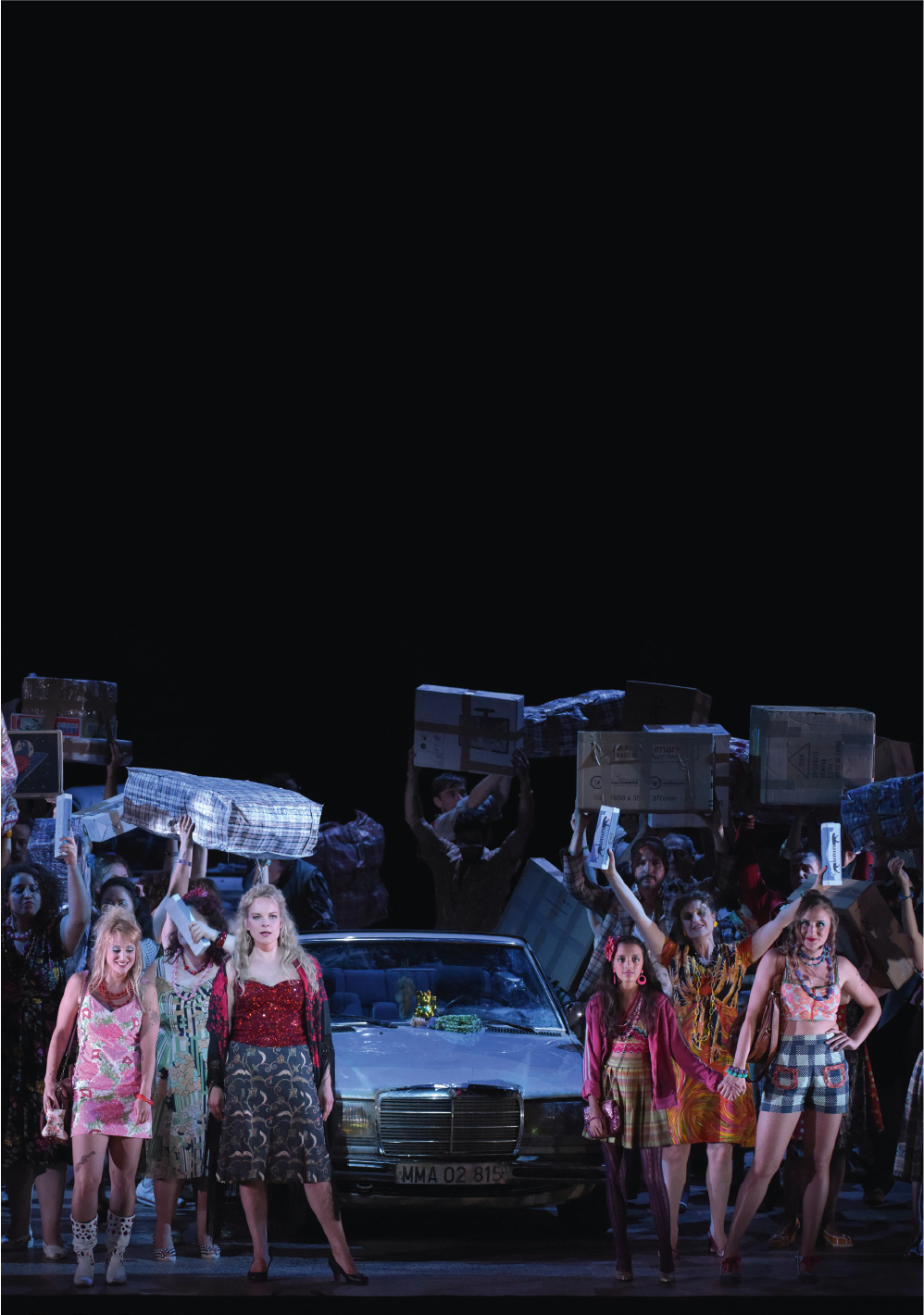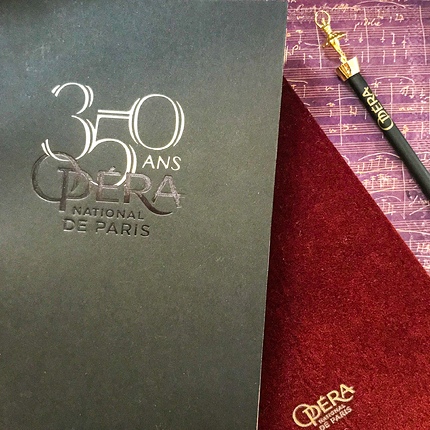Synopsis
"I think one should set fire to one's library every day, so that it is reborn phenix-like from the ashes, but in a different form. "- Pierre Boulez
In tribute to Pierre Boulez, this special evening brings together three great moments of musical and choreographic modernity and reunites two other major creative forces of the 20th century whose works Boulez has often conducted: György Ligeti and Igor Stravinsky.
Polyphonia, the first ballet by choreographer Christopher Wheeldon to enter the Paris Opera Ballet’s repertoire, was created in 2001 to music by György Ligeti. Evocative of George Balanchine’s renowned Agon, the work displays the same subtle abstractness and geometric purity and the same delicate counterpoints.
Set to the score of Anthèmes II, composed by Pierre Boulez in 1997, British choreographer Wayne McGregor's new creation has been conceived in conjunction with visual artist Haroon Mirza, winner of the Silver Lion at the Venice Biennale in 2011.
Following on from Genus in 2007 and L’Anatomie de la sensation (pour Francis Bacon) in 2011, this – the third ballet created specifically by Wayne McGregor for the dancers of the company – combines a solid classic vocabulary with the latest technological innovations.
Finally, Pina Bausch's masterpiece Le Sacre du printemps will conclude the evening’s programme. With her expressive power and dramatic sensitivity, the German choreographer perfectly illustrates and even transcends the music of Igor Stravinsky – so often conducted by Pierre Boulez – in this strikingly beautiful and now-legendary production.
Duration : 2h10 with 2 intervals
Artists
New to the repertoire
Creative team
Cast
- Tuesday 01 December 2015 at 19:30
- Thursday 03 December 2015 at 19:30
- Saturday 05 December 2015 at 20:00
- Monday 07 December 2015 at 19:30
- Wednesday 09 December 2015 at 19:30
- Monday 14 December 2015 at 19:30
- Tuesday 15 December 2015 at 19:30
- Wednesday 16 December 2015 at 19:30
- Thursday 17 December 2015 at 19:30
- Friday 18 December 2015 at 19:30
- Saturday 19 December 2015 at 20:00
- Monday 21 December 2015 at 19:30
- Tuesday 22 December 2015 at 19:30
- Wednesday 23 December 2015 at 19:30
- Thursday 24 December 2015 at 19:30
- Friday 25 December 2015 at 19:30
- Wednesday 30 December 2015 at 19:30
- Thursday 31 December 2015 at 19:30
Latest update 04 March 2016, cast is likely to change.
Latest update 04 March 2016, cast is likely to change.
Latest update 04 March 2016, cast is likely to change.
Latest update 04 March 2016, cast is likely to change.
Latest update 04 March 2016, cast is likely to change.
Latest update 04 March 2016, cast is likely to change.
Latest update 04 March 2016, cast is likely to change.
Latest update 04 March 2016, cast is likely to change.
Latest update 04 March 2016, cast is likely to change.
Latest update 04 March 2016, cast is likely to change.
Latest update 04 March 2016, cast is likely to change.
Latest update 04 March 2016, cast is likely to change.
Latest update 04 March 2016, cast is likely to change.
Latest update 04 March 2016, cast is likely to change.
Latest update 04 March 2016, cast is likely to change.
Latest update 04 March 2016, cast is likely to change.
Latest update 04 March 2016, cast is likely to change.
Latest update 04 March 2016, cast is likely to change.
Creation
Creative team
Cast
- Tuesday 01 December 2015 at 19:30
- Thursday 03 December 2015 at 19:30
- Saturday 05 December 2015 at 20:00
- Monday 07 December 2015 at 19:30
- Wednesday 09 December 2015 at 19:30
- Monday 14 December 2015 at 19:30
- Tuesday 15 December 2015 at 19:30
- Wednesday 16 December 2015 at 19:30
- Thursday 17 December 2015 at 19:30
- Friday 18 December 2015 at 19:30
- Saturday 19 December 2015 at 20:00
- Monday 21 December 2015 at 19:30
- Tuesday 22 December 2015 at 19:30
- Wednesday 23 December 2015 at 19:30
- Thursday 24 December 2015 at 19:30
- Friday 25 December 2015 at 19:30
- Wednesday 30 December 2015 at 19:30
- Thursday 31 December 2015 at 19:30
Latest update 04 March 2016, cast is likely to change.
Latest update 04 March 2016, cast is likely to change.
Latest update 04 March 2016, cast is likely to change.
Latest update 04 March 2016, cast is likely to change.
Latest update 04 March 2016, cast is likely to change.
Latest update 04 March 2016, cast is likely to change.
Latest update 04 March 2016, cast is likely to change.
Latest update 04 March 2016, cast is likely to change.
Latest update 04 March 2016, cast is likely to change.
Latest update 04 March 2016, cast is likely to change.
Latest update 04 March 2016, cast is likely to change.
Latest update 04 March 2016, cast is likely to change.
Latest update 04 March 2016, cast is likely to change.
Latest update 04 March 2016, cast is likely to change.
Latest update 04 March 2016, cast is likely to change.
Latest update 04 March 2016, cast is likely to change.
Latest update 04 March 2016, cast is likely to change.
Latest update 04 March 2016, cast is likely to change.
Creative team
Cast
- Tuesday 01 December 2015 at 19:30
- Thursday 03 December 2015 at 19:30
- Saturday 05 December 2015 at 20:00
- Monday 07 December 2015 at 19:30
- Wednesday 09 December 2015 at 19:30
- Monday 14 December 2015 at 19:30
- Tuesday 15 December 2015 at 19:30
- Wednesday 16 December 2015 at 19:30
- Thursday 17 December 2015 at 19:30
- Friday 18 December 2015 at 19:30
- Saturday 19 December 2015 at 20:00
- Monday 21 December 2015 at 19:30
- Tuesday 22 December 2015 at 19:30
- Wednesday 23 December 2015 at 19:30
- Thursday 24 December 2015 at 19:30
- Friday 25 December 2015 at 19:30
- Wednesday 30 December 2015 at 19:30
- Thursday 31 December 2015 at 19:30
Latest update 04 March 2016, cast is likely to change.
Latest update 04 March 2016, cast is likely to change.
Latest update 04 March 2016, cast is likely to change.
Latest update 04 March 2016, cast is likely to change.
Latest update 04 March 2016, cast is likely to change.
Latest update 04 March 2016, cast is likely to change.
Latest update 04 March 2016, cast is likely to change.
Latest update 04 March 2016, cast is likely to change.
Latest update 04 March 2016, cast is likely to change.
Latest update 04 March 2016, cast is likely to change.
Latest update 04 March 2016, cast is likely to change.
Latest update 04 March 2016, cast is likely to change.
Latest update 04 March 2016, cast is likely to change.
Latest update 04 March 2016, cast is likely to change.
Latest update 04 March 2016, cast is likely to change.
Latest update 04 March 2016, cast is likely to change.
Latest update 04 March 2016, cast is likely to change.
Latest update 04 March 2016, cast is likely to change.
With the collaboration of the Ircam - Centre Pompidou
Étoiles, Premiers Danseurs and Corps de Ballet
Paris Opera Orchestra and Chorus
Media
Access and services
Palais Garnier
Place de l'Opéra
75009 Paris
Public transport
Underground Opéra (lignes 3, 7 et 8), Chaussée d’Antin (lignes 7 et 9), Madeleine (lignes 8 et 14), Auber (RER A)
Bus 20, 21, 27, 29, 32, 45, 52, 66, 68, 95, N15, N16
Calculate my routeAt the Palais Garnier, buy €10 tickets for seats in the 6th category (very limited visibility, two tickets maximum per person) on the day of the performance at the Box offices.
In both our venues, discounted tickets are sold at the box offices from 30 minutes before the show:
- €25 tickets for under-28s, unemployed people (with documentary proof less than 3 months old) and senior citizens over 65 with non-taxable income (proof of tax exemption for the current year required)
- €40 tickets for senior citizens over 65
Get samples of the operas and ballets at the Paris Opera gift shops: programmes, books, recordings, and also stationery, jewellery, shirts, homeware and honey from Paris Opera.
Palais Garnier
- Every day from 10:30 a.m. to 6 p.m. and until performances end
- Get in from Place de l’Opéra or from within the theatre’s public areas
- For more information: +33 1 53 43 03 97
Online
Palais Garnier
Place de l'Opéra
75009 Paris
Public transport
Underground Opéra (lignes 3, 7 et 8), Chaussée d’Antin (lignes 7 et 9), Madeleine (lignes 8 et 14), Auber (RER A)
Bus 20, 21, 27, 29, 32, 45, 52, 66, 68, 95, N15, N16
Calculate my routeAt the Palais Garnier, buy €10 tickets for seats in the 6th category (very limited visibility, two tickets maximum per person) on the day of the performance at the Box offices.
In both our venues, discounted tickets are sold at the box offices from 30 minutes before the show:
- €25 tickets for under-28s, unemployed people (with documentary proof less than 3 months old) and senior citizens over 65 with non-taxable income (proof of tax exemption for the current year required)
- €40 tickets for senior citizens over 65
Get samples of the operas and ballets at the Paris Opera gift shops: programmes, books, recordings, and also stationery, jewellery, shirts, homeware and honey from Paris Opera.
Palais Garnier
- Every day from 10:30 a.m. to 6 p.m. and until performances end
- Get in from Place de l’Opéra or from within the theatre’s public areas
- For more information: +33 1 53 43 03 97


















































































